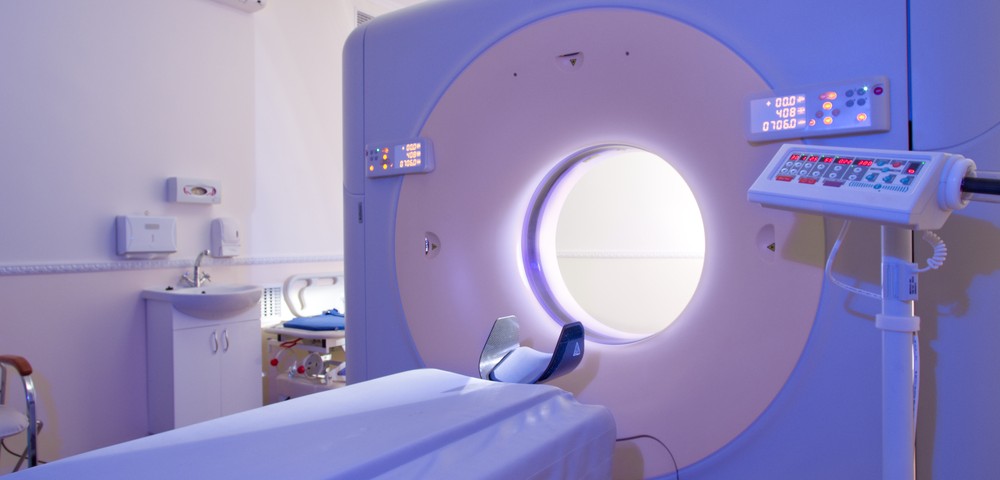Cancer immunotherapy relies on the stimulation of the patient’s own immune system for an effective and lasting anti-tumor response, targeting and eliminating cancer cells. Both the research and clinical communities believe that combining cancer immunotherapy with more traditional anti-cancer treatments, such as radiation, is one of the more exciting new research areas in cancer treatment.
Charlie Garnett Benson, who is working on tumor immunity at Georgia State University, recently wrote about cancer immunity and combination therapy, the cutting-edge research areas listed in the new National Cancer Moonshot initiative highlighted by President Barack Obama in his final State of the Union address.
Current cancer therapies include some combination of radiation, surgery, and chemotherapy for most patients. Ionizing radiation, one of the oldest and more commonly used types of cancer treatment, consists of high energy waves that damage the DNA of cancer cells leading to cell death, called cell suicide or apoptosis. But radiation can also affect the healthy cells surrounding tumor tissues, so there is a limit of how high a dose a patient can receive without leading to healthy cellular damage and death.
Radiation therapy delivery has improved over the years, and now treatments with smaller doses exist that allow a total cumulative higher dose of radiation to be delivered to the tumor site without the toxic side effects observed in previous radiotherapies. But cancer cells are fighting back and have now developed mechanisms to escape death by radiation, therefore many cancers are not treated by radiation therapy alone. Radiation can also make cancer cells more vulnerable to the immune system’s response and, as a result, to immunotherapies that boost patients’ immunity.
Researchers have shown that radiation can make tumor cells express genes that increase the activity of immune cells. Such an effect has been observed in colorectal and prostate tumor cells, where radiation has been shown to augment the survival and killing activity of T-cells. Moreover, radiation can also make cancer cells release molecules that recruit T-cells to the tumor site or stimulate the activity of natural killer cells (NK cells).
Such immunogenic modulation contradicts the old view that radiation is mostly immunosuppressive, and reaffirms that this type of therapy can indeed be used in combination with new immune-based therapies.
Besides making cancer cells better targets for immune attacks, radiation used in combination with immunotherapy also provides another potential benefit: the abscopal effect, which consists of treating a tumor with radiation in one part of the body and, in turn, eliminating a nontreated tumor in another location.
This effect has been attributed to the activity of tumor cells triggered by radiation, which then assemble to attack untreated tumor cells. The abscopal effect has been demonstrated in experiments with mouse models of cancer, and it’s also been observed in lung and melanoma cancer patients in the clinic.
Although researchers have yet to discover the complete mechanisms behind the effect, considerable research, mainly in radiation dosage and timing, is being applied to find ways to reproduce these responses in patients receiving combination therapy.
Scientific advances like these represent a new application of one of the oldest methods of cancer treatment, and will hopefully lead to a more effective way to eliminate several types of tumors.


